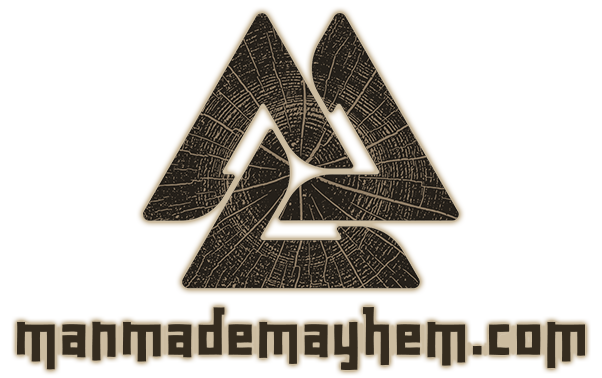During lockdown I’ve been passing the time with sorting and re-completing our old LEGO sets. By old I mean late ’80s and 90’s, so some of those sets do have a respectable monetary value nowadays. Naturally, some of those blocks (especially the white and light grey ones) have yellowed quite a bit over the course of 3 decennia …
I started looking into this, and apparently the culprit of this phenomenon is some kind of burn-resistant chemical they mix in with the plastic during manufacturing, which will inevitably react to prolonged UV exposure. The cool thing is that we can also use UV light to reverse the process. The only thing we need to do is submerge the bricks in hydrogen peroxide, which is easily available, and let the UV rays work their magic.
So theoretically, it’s as simple as putting the container in the sun, but I’ve found it can take a couple of days to really get good results, plus you need to deal with a great deal of liquid evaporation. Obviously the weather is a big factor as well. So I decided to buy a few meters of UV LED strip and make a dedicated UV station from an old planter box.
I spray painted the outside of the lid piece black (for minimal light pollution), and used some masking tape to help the self-adhesive LED strip remain in place on the inside. An old power supply powers the LED’s. There’s a mirror in the bottom tray as well so the UV rays can reach all sides of the bricks.
So what’s the verdict? Well I can honestly say it exceeded my expectations. The bricks have become almost as white as they would have been when they were new. And all this in a couple of hours instead of days. You can see the difference before and after in the pic below.
Note that the warm light above my table kind of messes with the picture colors though. The background is a simple sheet of paper, so that should provide a reference of how close the result is to the white paper.

One thing I’m also keeping in the back of my head is that this thing would also be a perfect curing station if I ever decide to buy one of those SLA 3D-printers.






